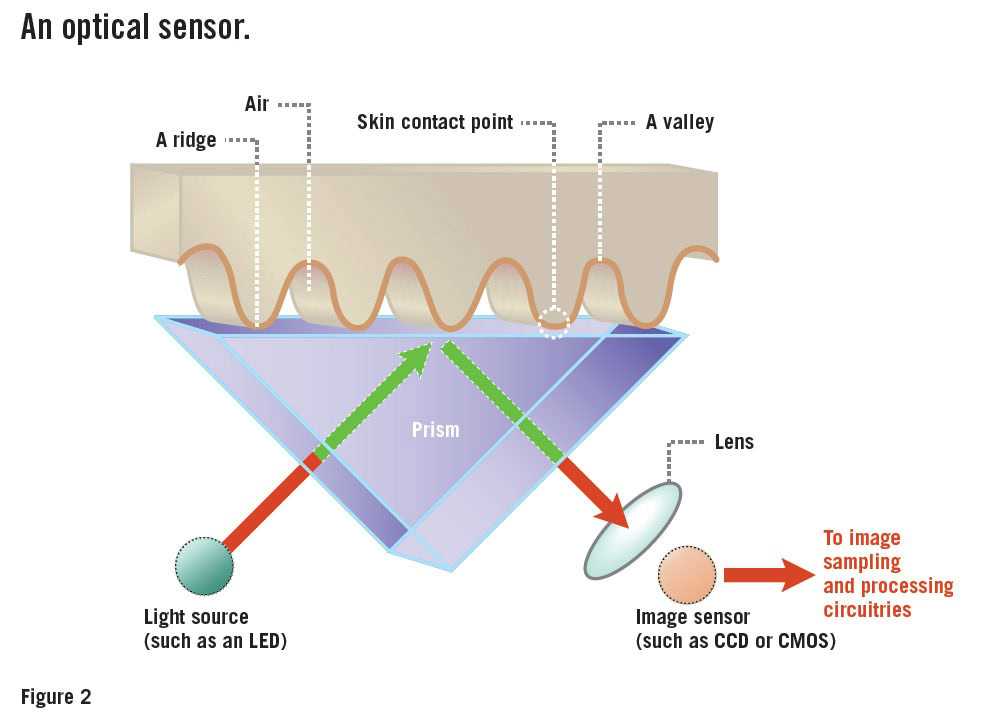Understanding In-Display Fingerprint Sensors: How They Work and Why They Matter
In the rapidly evolving world of smartphone technology, in-display fingerprint sensors have emerged as a sleek and secure way to unlock devices without compromising design. Unlike traditional fingerprint scanners placed on the back or side of smartphones, in-display sensors are seamlessly integrated beneath the screen, providing a futuristic and minimalist user experience. But how do these sensors work, and why are they increasingly important in today’s tech landscape?
What Are In-Display Fingerprint Sensors?
In-display fingerprint sensors are biometric authentication systems embedded underneath a smartphone’s screen. They allow users to unlock their devices by simply placing a finger on a specific area of the display. These sensors eliminate the need for physical buttons or external scanners, aligning perfectly with modern phone designs that favor edge-to-edge displays.
There are two main types of in-display fingerprint technologies:
- Optical sensors
These use light to capture an image of the fingerprint. When a user places their finger on the screen, the display lights up the area, and the optical sensor captures the fingerprint pattern. The image is then matched against the one stored during the initial setup. - Ultrasonic sensors
A more advanced option, ultrasonic sensors use high-frequency sound waves to map the ridges and valleys of a fingerprint. This 3D mapping provides a more secure and accurate verification process, even if the finger is wet or dirty.
How Do They Work?
The process of fingerprint recognition with in-display sensors typically involves several steps:
- Finger Detection
The device detects pressure or presence on a designated part of the screen. - Image/Pattern Capture
For optical sensors, the screen lights up to illuminate the finger, while ultrasonic sensors send out sound waves. The fingerprint pattern is captured by the sensor. - Data Matching
The captured fingerprint data is compared to the stored fingerprint template using complex algorithms. If they match, the device is unlocked. - Authentication Confirmation
Upon a successful match, the device grants access. If not, the user is prompted to try again or use alternative verification methods.
Advantages of In-Display Fingerprint Sensors
1. Aesthetic Integration
In-display sensors allow manufacturers to create devices with uninterrupted screens, contributing to sleeker, modern designs without compromising on functionality.
2. User Convenience
With the scanner on the front, users can unlock their devices even when it’s lying flat on a surface, unlike rear-mounted fingerprint readers.
3. Enhanced Security
Ultrasonic sensors provide high levels of accuracy and are harder to spoof than older capacitive sensors.
4. Space Saving
Removing the need for separate fingerprint modules frees up internal space, allowing for larger batteries or improved internal components.
Why In-Display Fingerprint Sensors Matter Today
The rise of contactless payments, increased focus on data privacy, and the need for fast and secure authentication have made biometric security a top priority. While face recognition has gained popularity, it is not always reliable in low-light conditions or when wearing masks. In-display fingerprint sensors offer a consistent alternative that works regardless of external factors.
Moreover, as foldable phones and bezel-less designs continue to evolve, physical buttons are becoming obsolete. In-display solutions represent a step toward the next generation of smartphone interaction, blending convenience with sophistication.
The Future of In-Display Fingerprint Technology
The technology is expected to become even more refined. Future improvements may include larger sensing areas, faster recognition speeds, and integration with multiple biometric factors (e.g., combining fingerprint with pulse or temperature detection for added security). Manufacturers are also working on under-display sensors for larger devices like tablets and laptops, expanding the scope of this innovation.
In conclusion, in-display fingerprint sensors are more than just a cool feature—they are a practical, secure, and design-friendly solution for modern smartphones. As this technology continues to advance, it will likely play a central role in the way users interact with their devices, striking a perfect balance between form and function.







